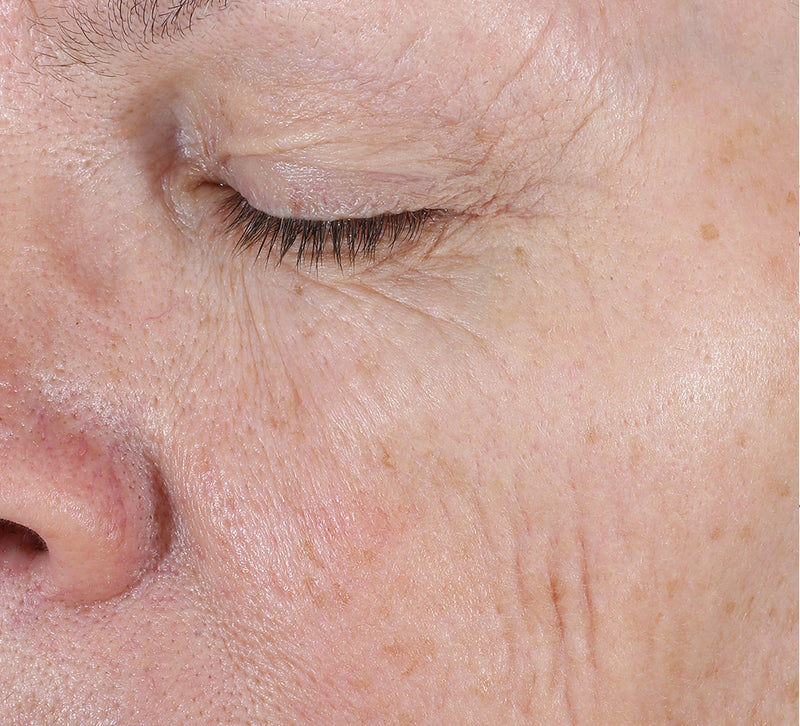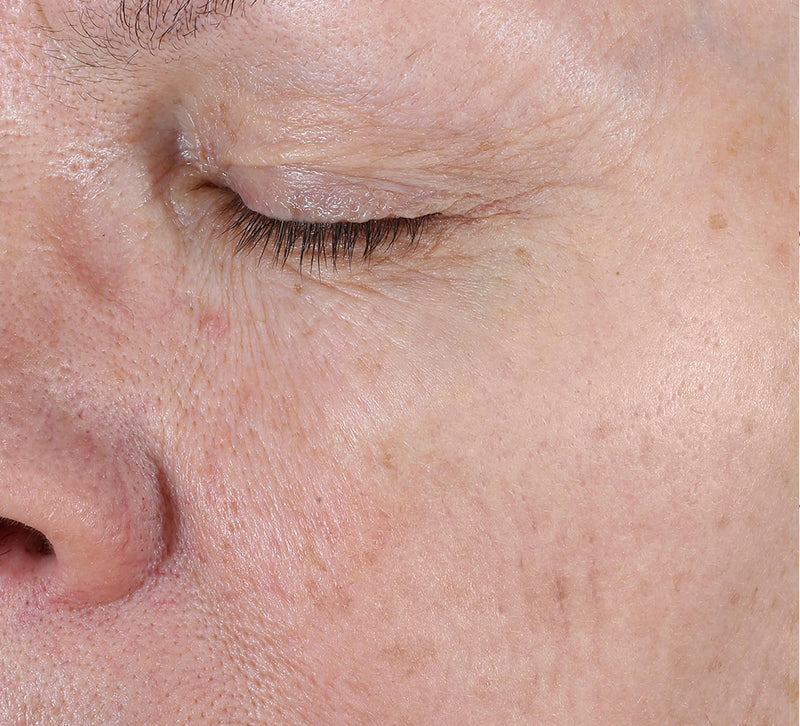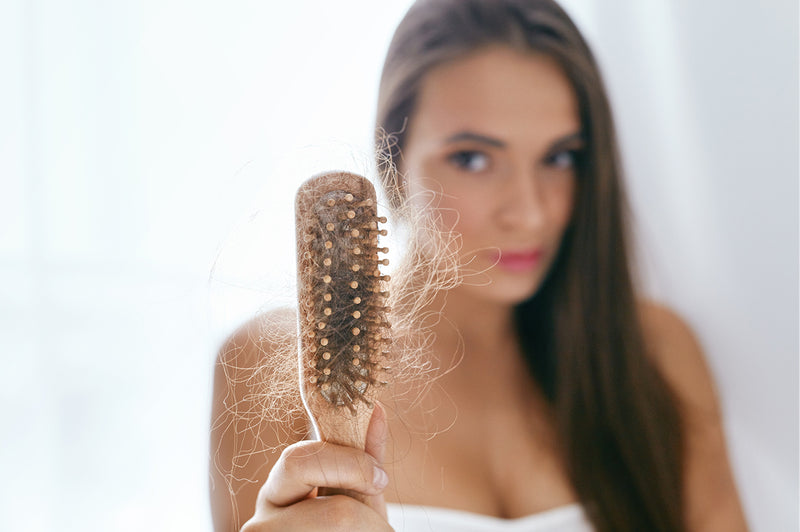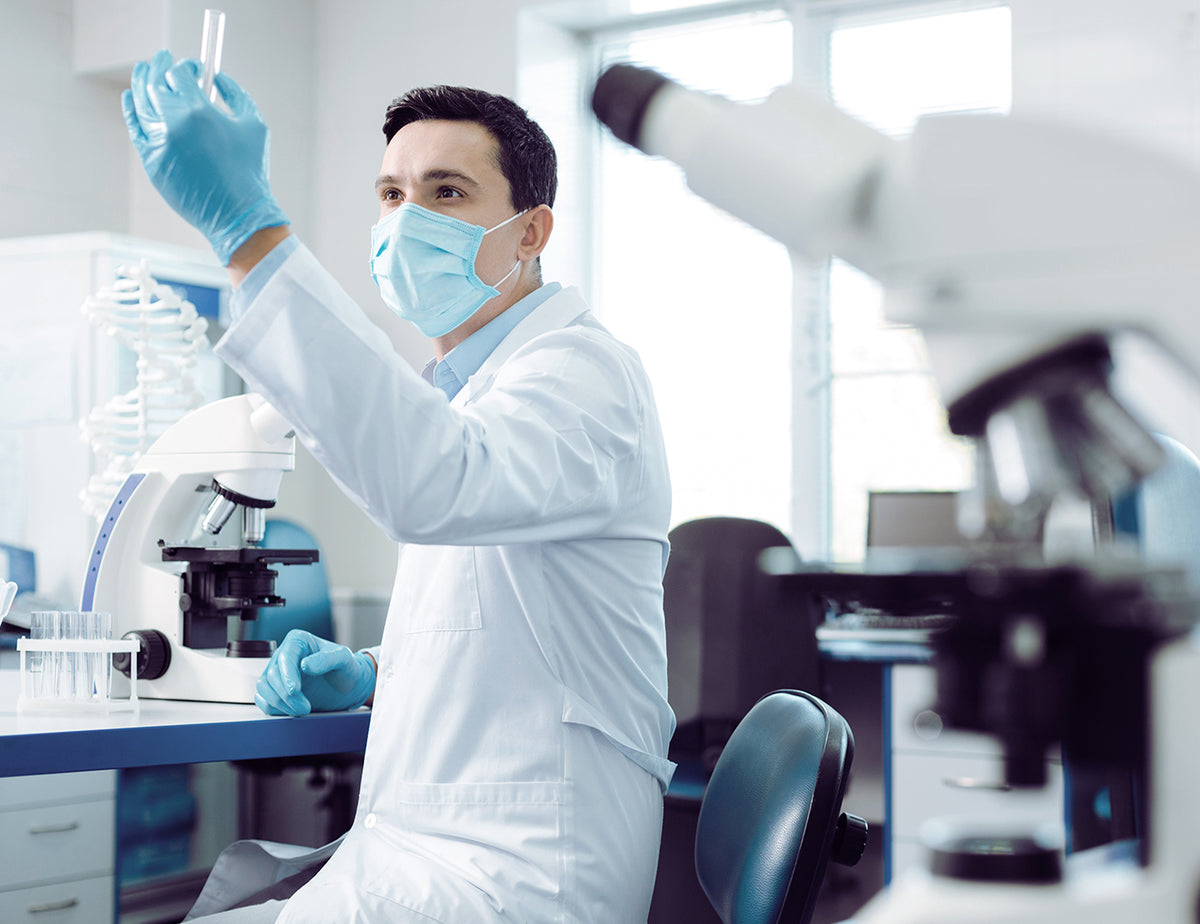Tomorrowlabs brings together modern research and aesthetics with science-backed cosmetic products that actually work. We dedicate ourselves to the development of innovative products based on groundbreaking findings in regenerative medicine. True to its roots as a biotech company, Tomorrowlabs publishes its study results in leading medical journals to ensure objectivity via peer-review.


0.2. Anti-aging effects of HSF.
The study used FOITS 3D-analysis, which is regarded as the most advanced standard of anti-aging efficacy assessment. After 6 weeks of treatment this method confirmed a visual rejuvenation to the extent of 2.8 years. The clinical evaluation by a panel of dermatologists and plastic surgeons showed a significant reduction of wrinkles and fine lines and an increase of dermal firmness, elasticity, and moisture.
Improvements after 6 weeks

0.3. Preserves skin health in all skin types.

0.4. HSF effects on hereditary hair loss.
Improvements after 12 weeks

0.5. Examination of hair quantity and thickness.
Tomorrowlabs | Scienctific Articles
- Active ingredient complex consisting of GDHQG, EGCG2, glycine and zinc. Tested on 26 male volunteers between the ages of 18 and 70 with a hair loss level of III to IV determined on the Norwood Hamilton scale. The clinical study was randomized and double-blinded in 2014 by Induchem AG and all clinical observations were made under the supervision of a dermatologist.
- Tested in 2015 on 4 volunteers with 10% symrise sympeptidxlash measured with CANON 5-dmii after 2, 4, 6, and 8 weeks and daily one-time application.
- Bukowiecki J. et al. "HIF-1α stimulators function equally to leading hair loss agents in enhancing dermal papilla growth" Under Review in Skin Pharmacology and Physiology


